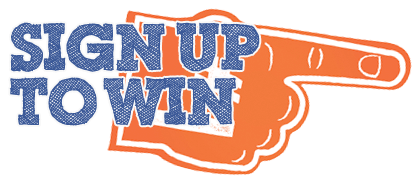Q: What is student loan garnishment and should I worry about this if my student loans are going into default because I cannot afford them?
A: One of the drawbacks to having your student loan default, could certainly be student loan garnishment. Student loan garnishment (or wage garnishment) is a federal law, which allows the department or the student loan guarantor to garnish 15% of your disposable income (and no more than the equivalent of 30 times the current federal minimum wage). If you are concerned that your student loan may default, you should contact your lender immediately. Before any garnishment begins, you will (or should) be notified and presented with the option to pay the debt owed on the student loan, or to request a court hearing objecting to the wage garnishment due to financial hardship.
The worst thing to do, would be to simply ignore any documentation your student loan guarantor provides you with. The time to request a court hearing is time sensitive, and failing to request a court hearing within the deadline provided will result in moving forward with the wage garnishment.
Student loan default should be avoided at all costs. Not only could you have your wages garnished, student loan default could negatively effect your credit and financial future for years. If you hare having difficulties making your student loan payments, first contact your lender and explain your situation. Simply ignoring your student loan payments is the worst action to take.
 sign up
sign up
